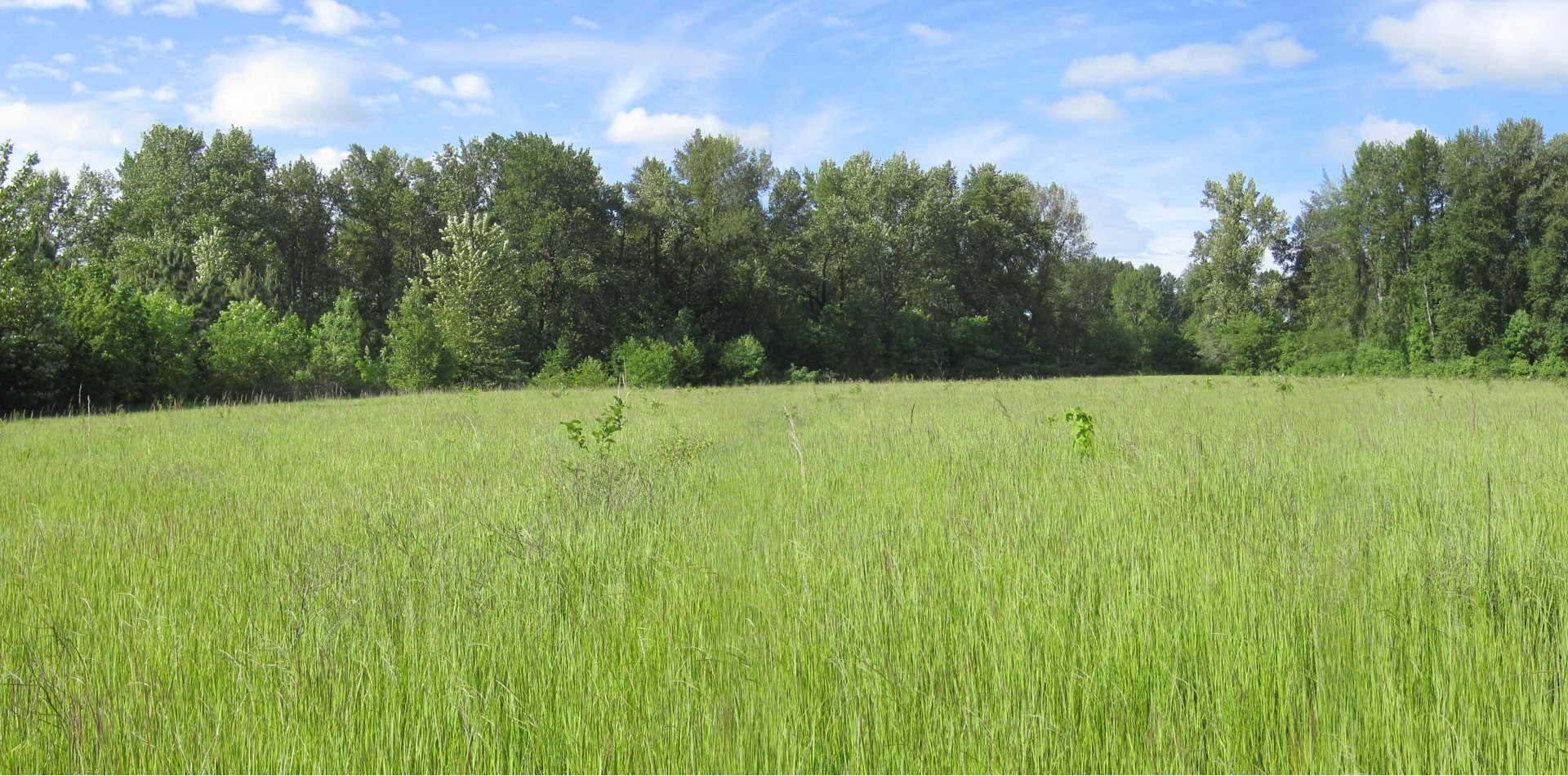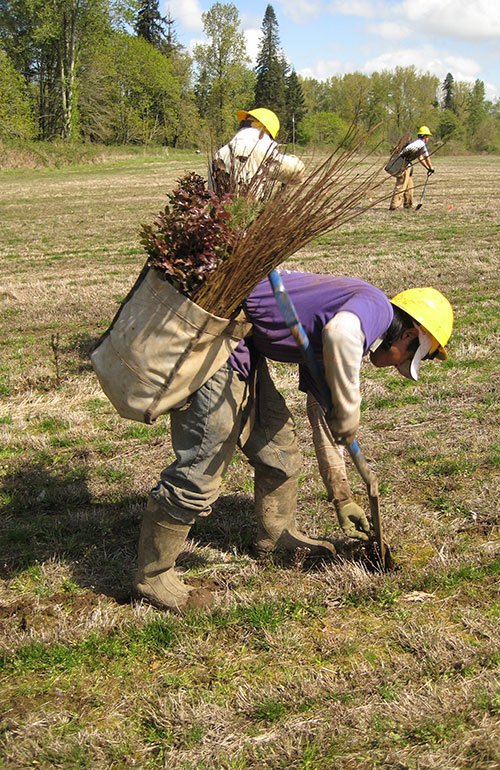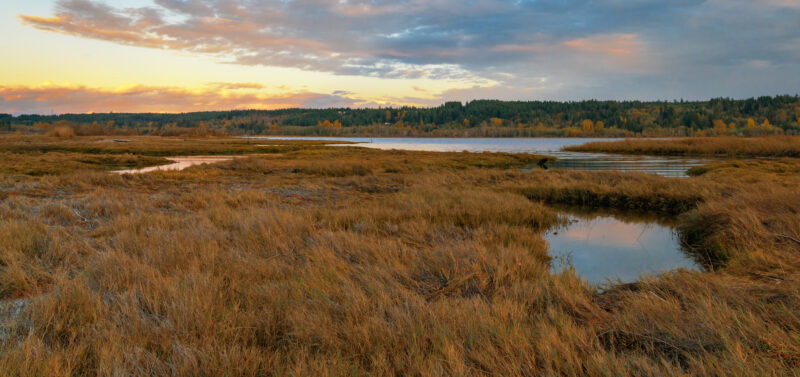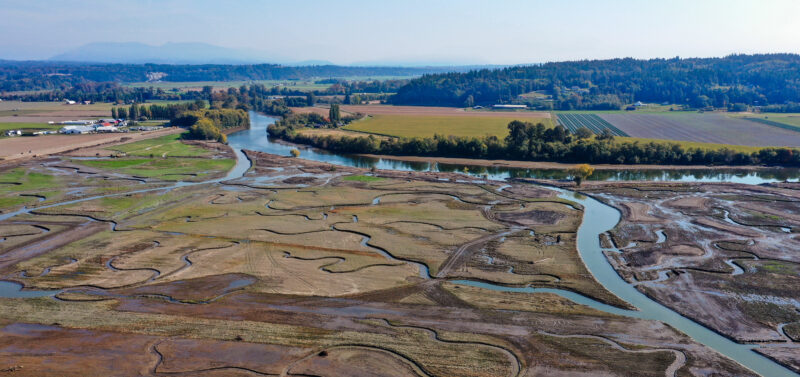The four proposed rules could amount to a substantial weakening of one of the United...

Minto-Brown Island Park Floodplain Restoration
Minto-Brown Island Park features hundreds of acres of undeveloped Willamette River floodplain. Designated by the State of Oregon as a priority area for habitat restoration, this site offers the opportunity to restore river and riparian processes that are critical to the recovery of native fish and wildlife.
Why does this project matter?
This project improved riparian habitat and water quality by transforming 166 acres of floodplain farmland within Minto-Brown Island Park into a diverse, resilient assemblage of native Willamette Valley floodplain vegetation communities.
What is ESA doing to help?
ESA provided large-scale restoration planting design, hydraulic modeling, public involvement, NEPA documentation, bidding services, and construction observation services to transform 166 acres of floodplain farmland into a diverse, resilient assemblage of native Willamette Valley floodplain vegetation communities. These communities include oak savannah, upland prairie, wet prairie, mixed woodland, ash woodland, and willow slough.
The ESA team researched pre-settlement conditions by reviewing Government Land Office maps from 1862. This involved collecting historic aerial photographs depicting flood events and assessing known flood surface elevations in relation to existing topography. ESA also scoured the untended areas of the park to observe remnant species, natural regeneration, and re-colonization by natives.
A series of public meetings provided opportunities to communicate findings and gather ideas and preferences for proposed habitat types from park users. Revegetation was carefully planned to protect existing trails, parking areas, and view corridors within the park while supporting current uses and circulation patterns.
Based on feedback from the meetings, ESA designed large-scale planting plans that leveraged agricultural techniques to prepare the site, install plant materials, and maintain the plantings. Plans called for the installation of over 60,000 trees and shrubs, 30,000 herbs and bulbs, and the application of six custom seed mixes. To ensure success at this large scale, ESA included three seasons of specified maintenance into the bid documents.
ESA worked closely with NRCS, the City of Salem, and the contractor to respond to questions and engage in an adaptive management approach to address changing weather conditions, plant material availability, and unfolding site conditions. ESA has subsequently led stakeholder site tours to observe the successful establishment of floodplain vegetation.
Details
Location Salem, Oregon
Market Natural Resource Management
Services
Agency Consultation & Coordination
Biological Resources
Community Engagement
Design
Environmental Compliance
Flood & Stormwater Management
Geospatial
Hydrology, Hydraulics & Geomorphology
National Environmental Policy Act (NEPA)
Permitting Assistance
Restoration
River & Floodplain Restoration
Water Quality
Water Resources
Notable
2013 Merit Award for Analysis and Planning, Oregon Chapter of the American Society of Landscape Architects

News & Ideas
If finalized, the Waters of the United States Proposed Rule would reduce the geographic extent...
ESA is leading dozens of restoration projects across the Pacific Northwest, in collaboration with tribes...
With the shutdown behind us, federal agencies and Congress are shifting back into gear and...
More than a decade after it's first phase of construction, Surfers' Point in Ventura, California...
California’s Assembly Bill 1319 sets a process to assess reduced federal protections for endangered native...






